Bever Lab

Gabriel Bever, PhD
Associate Professor, Interim FAE Director & MSAE Program Director
Department of Earth & Planetary Sciences
Department of Medicine (Division of Cardiology)
E-mail: [email protected]
Dr. Bever is interested in integrating pattern and experimental data within a tree-based framework that reflects evolutionary theory. Specific components of his research program include the evolutionary origin of the major vertebrate crown clades and their body plans, the evolution of vertebrate sensory systems, and the macroevolutionary implications of how developmental dynamics regulate phenotypic variability.
Education
- Ph.D. University of Texas at Austin
- M.S. Fort Hays State University
- B.S. Pittsburg State University
Research Projects

Origin of Crown Clades and their Body Plans
Major vertebrate crown clades are the product of long phylogenetic stem lineages. The Bever Lab uses an integrated approach and diverse data to reconstruct these deep histories. Specific projects address the Origin of Turtles, Origin of Birds, Origin of Therian Mammals, and the Origin of Vertebrates.
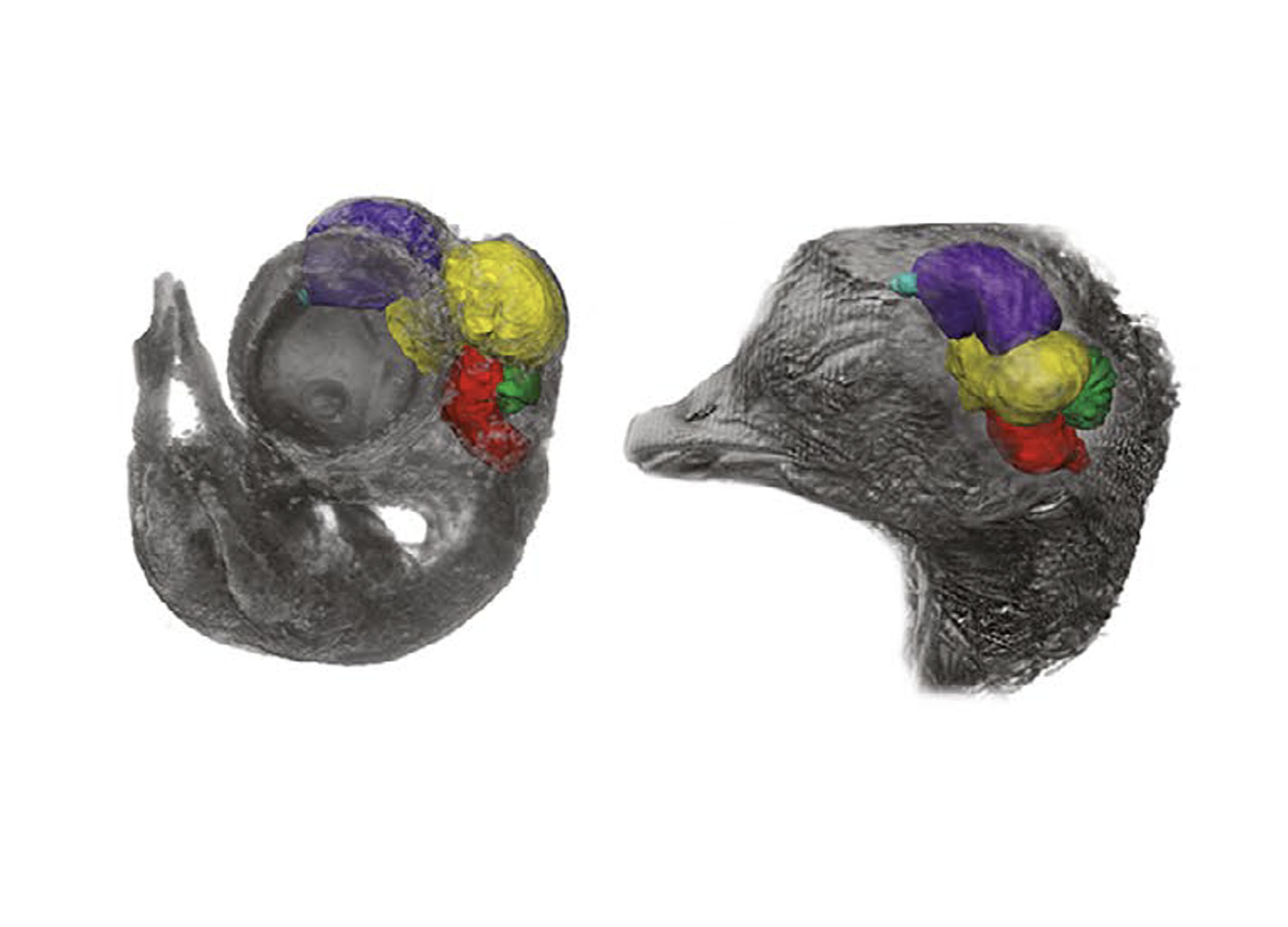
Evolution of the Central Nervous and Sensory Systems
The Bever Lab studies the origin of the modern avian brain and sensory systems using a combination of development, fossils, and experimental functional data. Projects range from the embryology of avian olfaction to the endocast morphology of dinosaurs to the in-vivo imaging of bird brains during flight.
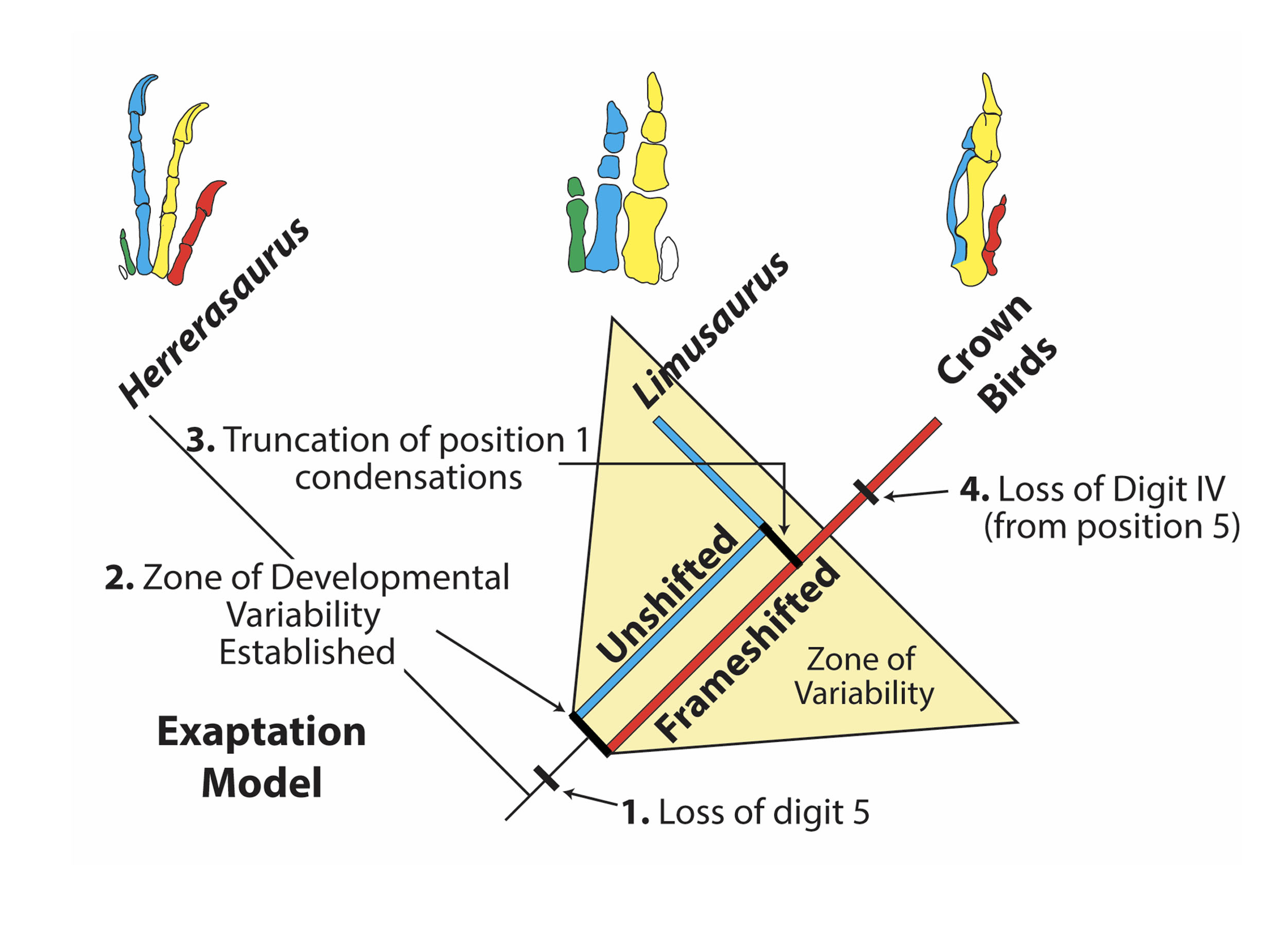
Evolution of variability
How phenotypic expression is regulated changes over time resulting in a variability dynamic with wide-ranging biological implications.
The Bever Lab studies how these microevolutionary dynamics relate to macroevolutionary patterns, especially with regards to how fossil data might be more meaningfully integrated into broad-based evolutionary analyses.
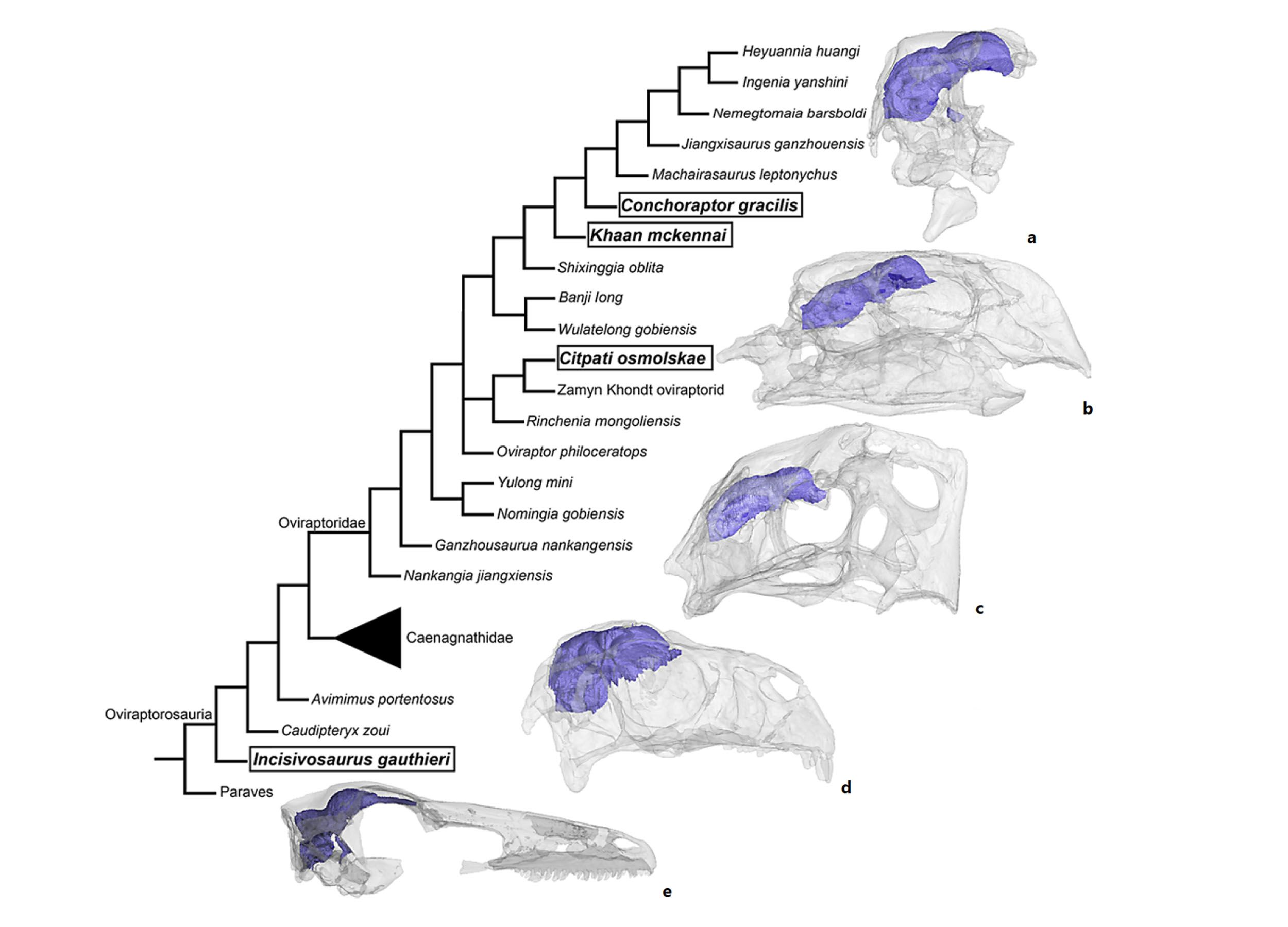
Fossils and molecules in evolutionary theory
The Bever Lab studies theory & practice of evolutionary inference, focusing on the challenges/potential represented by long phylogenetic stem lineages.
We use an integrative approach utilizing molecular, developmental, anatomical, and paleontological data set within a quantitative, tree-based framework that reflects evolutionary theory
Selected Publications
Peterson AF, Ingram K, Huang EJ, Parksong J, McKenney C, Bever GS, Regot S. Systematic analysis of the MAPK signaling network reveals MAP3K-driven control of cell fate. Cell Systems. 2022; 13: 885-894. DOI: 10.1016/j.cels.2022.10.003
Wang Q, Hernández-Ochoa EO, Viswanathan MC, Blum ID, Do DC, Granger JM, Murphy KR, Wei AC, Aja S, Lui N, Antonescu CM, Florea LD, Talbot Jr CC, Mohr D. Wagner KR, Regot S, Lovering RM, Peisong G, Bianchet MA, Wu MN, Cammarato A, Schneider MF, Bever GS, Anderson ME. CaMKII oxidation is a critical performance/disease trade-off acquired at the dawn of vertebrate evolution. Nature Communications. 2021; 3174: 1-17. DOI: 10.1038/s41467-021-23549-3
Jia J, Gao KQ, Jiang JP, Bever GS, Xiong R, Wei G. Comparative osteology of the hynobiid complex Liua-Protohynobius-Pseudohynobius (Amphibia, Urodela): I. Cranial anatomy of Pseudohynobius. Journal of Anatomy. 2021; 238: 219-238. DOI: 10.1111/joa.1311
Lyson TR, Bever GS. Evolutionary origin of the turtle body plan. Annual Review of Ecology, Evolution, and Systematics. 2020; 51: 143-166. DOI:10.1146/annurev-ecolsys-110218-024746
Hogan AVC, Watanabe A, Balanoff AM, Bever GS. Morphogenesis and growth of the olfactory apparatus in chick: implications for avian evolution. Journal of Anatomy. 2020; 237(2): 225-240. DOI:10.1111/joa.13197
Balanoff AM, Bever GS. The role of endocasts in the study of brain evolution. In Kass J, ed. Evolution of Nervous Systems, 2nd edition; pp. 223-241. 2020; Elsevier Press, London.
Ksepka DT, Balanoff AM, Smith NA, Bever GS, Bhullar BAS, Bourdon E, Braun EL, Burleigh JG, Clarke JA, Colbert MW, Corfield JR Degrange FJ, De Pietri VL, Early CM, Field DJ, Gignac PM Gold MEL, Kimball RT, Kawabe S, Lefebvre L, Marugán-Lobón J, Mongle CS, Morhardt A, Norell MA, Ridgely RC, Scolfield RP, Tambussi CP, Torres CR, van Tuinen M, Walsh SA, Watanabe A, Witmer LM, Wright AK, Zanno LE, Jarvis ED, Smaers JB. Tempo and pattern of avian brain size evolution. Current Biology. 2020; 30: 1-11. DOI: 10.1016/j.cub.2020.03.060
Bever GS, Norell MA. 2017. A new rhynchocephalian (Reptilia: Lepidosauria) from the Upper Jurassic of Solnhofen (Bavaria) and the origin of the marine Pleurosauridae. Royal Society Open Science. 2017; 4(11) 170570. DOI:10.1098/rsos.170570
Lyson TR, Scheyer TM, Rubidge B, de Queiroz K, Schachner ER, Smith R, Botha-Brink J, Bever GS. Fossorial origin of the turtle shell. Current Biology. 2016; 26: 1887-1894. DOI: 10.1016/j.cub.2016.05.020
Bever GS, Lyson TR, Field DJ, Bhullar BAS. The amniote temporal roof and the diapsid origin of the turtle skull. Zoology. 2016; 119: 471-473. DOI: 10.1016/j.zool.2016.04.005
Bever GS, Lyson TR, Field DJ, Bhullar BAS. Evolutionary origin of the turtle skull. Nature. 2015; 525: 239–242. DOI: 10.1038/nature14900
People

Fernando Torres
PhD Graduate Student
- Phylogenetics and Phylogenomics
- Evolutionary process and trends
- Testudines evolution and diversification
- Avian evolution
- Biomechanics and Morphometrics
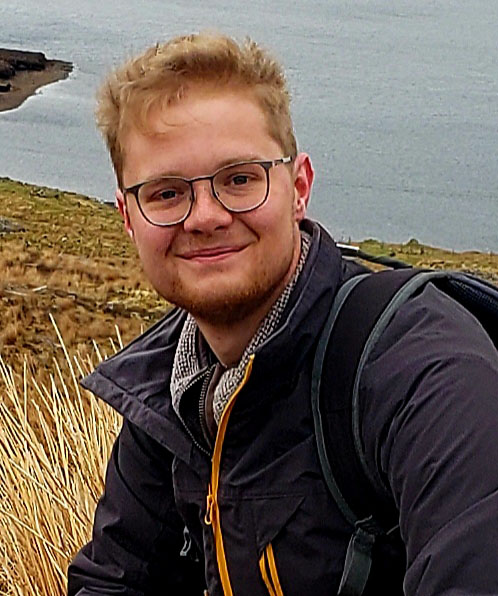
William Foster
PhD Graduate Student
- Evolutionary origins of the turtle body plan
- Evolutionary development of the amniote thorax
- Reptile paleontology, development, and phylogeny
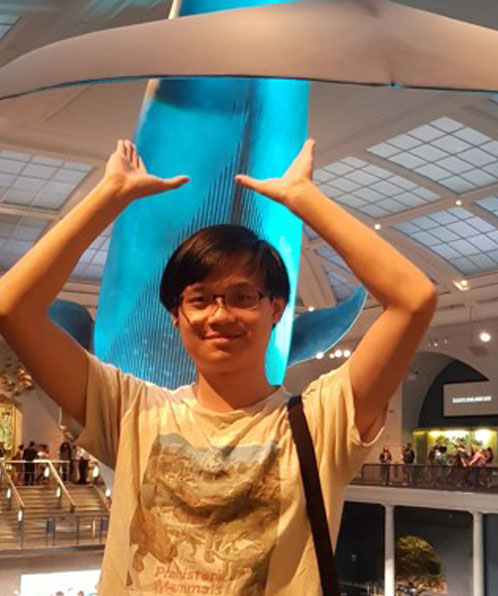
Yi-Chieh “EJ” Huang
Post-Doctoral Fellow
- Phylogenetic Theory and Methods
- Evolution models
- Integration of Molecular & Morphological data
- Mammal Evolution

Don Cerio, PhD
Post-Doctoral Fellow
- visual systems of birds, reptiles, and their extinct relatives.
- morphological and functional trade-offs between the eyes and other cranial tissues
- shed light on the selective regimes under which these trade-offs arose
Courses Taught
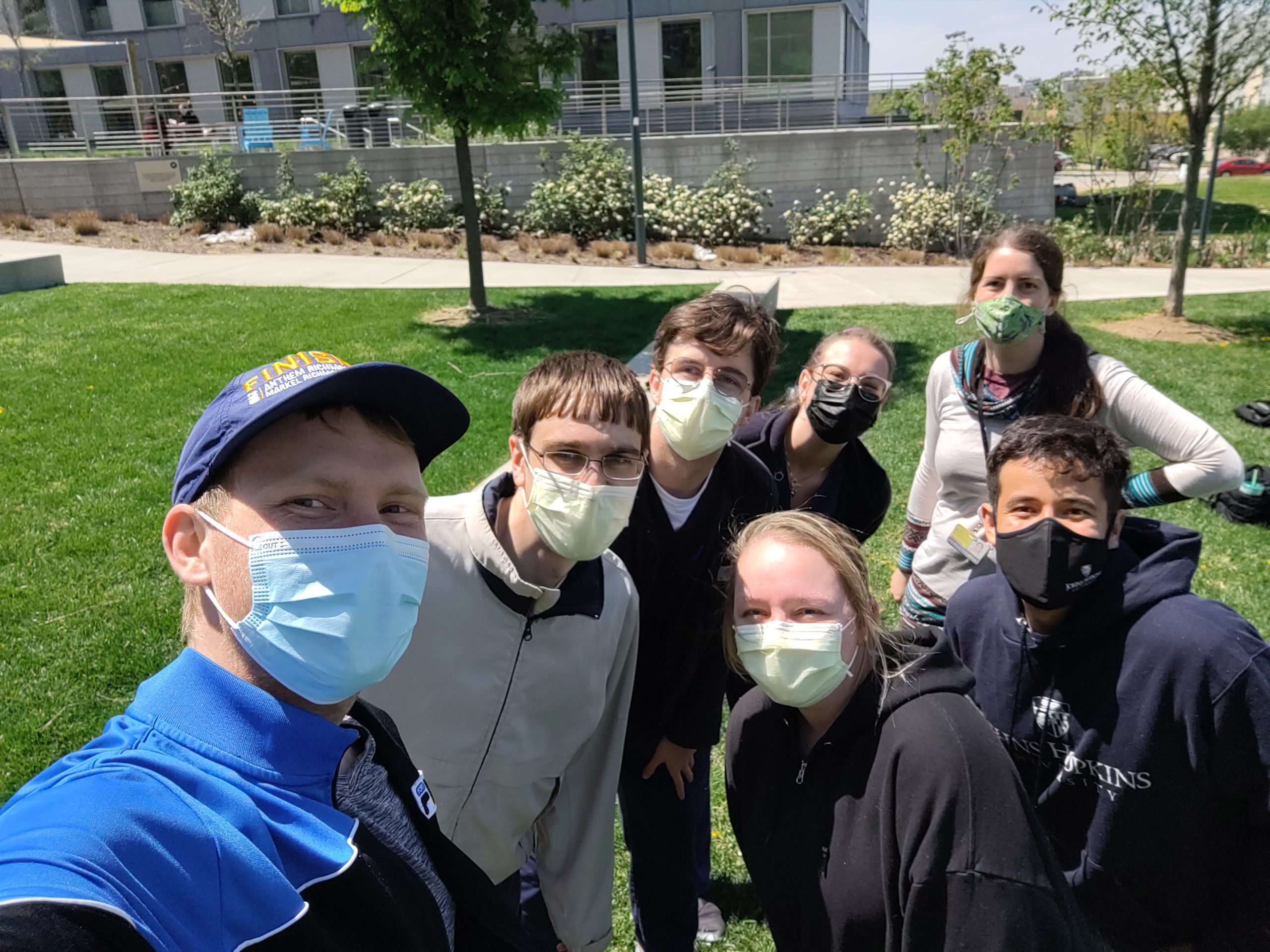
ME.130.753
Fundamentals of Anatomy
This summer course introduces students in the Nurse Anesthetist Doctor of Nursing Practice program to human anatomy using a regional approach. The course is broken into 3 parts – (1) thorax, abdomen, pelvis (2) limbs and back, and (3) head and neck. Within each part, information is presented on the relevant regional topics via: readings and lectures; student observation of prosections in lab; student collaboration to complete model- and computer-based activities.

ME: 130.600
SFM Human Gross Anatomy
This seven-week Human Anatomy course is taught to first year medical students in the Johns Hopkins University School of Medicine. Designed to provide a comprehensive regional approach to the human body, this course includes lecture, cadaver dissection with emphasis on the three-dimensional relationships of anatomic structures, clinical correlations, medical imaging sessions, and team-based learning small group activities.
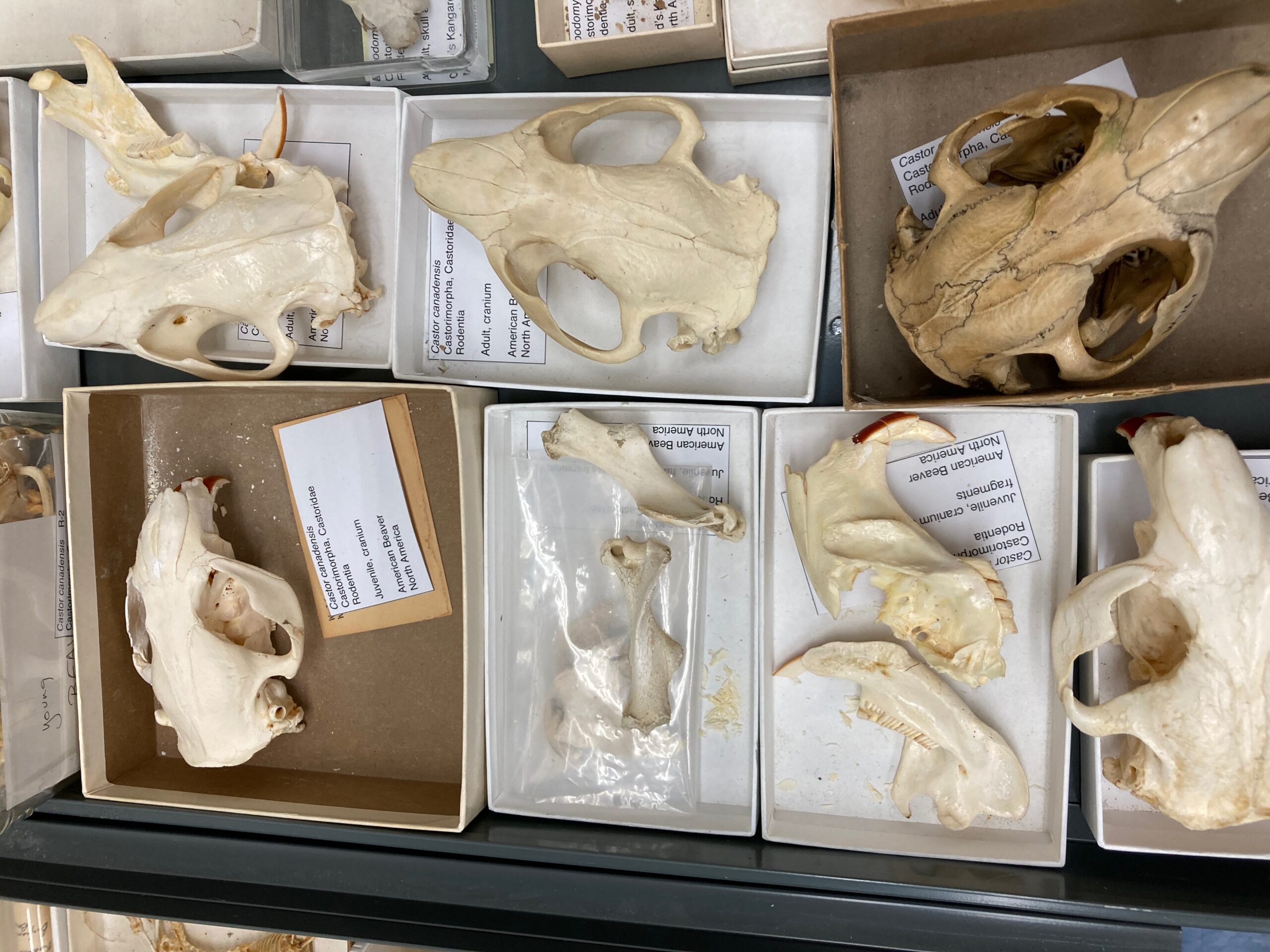
ME:130.746
Evolutionary Theory & Phylogenetic Comparative Methods
This course examines the theory and techniques of evolutionary analysis with special emphasis on vertebrate anatomical and developmental systems. We will examine and critique classic and emerging viewpoints regarding core evolutionary concepts. We will review basic approaches to tree construction (parsimony and model-based) and investigate both directional and non-directional statistical methods for studying evolution in a comparative phylogenetic context.
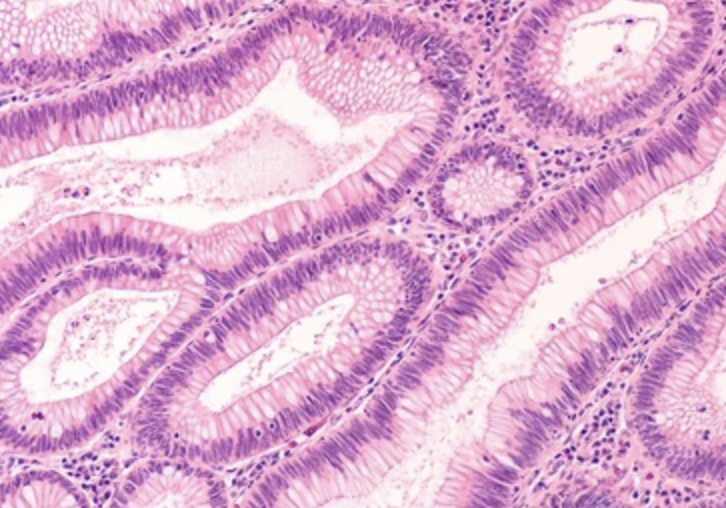
ME:130.747
Introduction to Histology
Introduction to basics of histology, using online M-scope imagery and Inverse-lectures developed for Scientific Foundations of Medicine, plus individual instruction by FAE faculty.
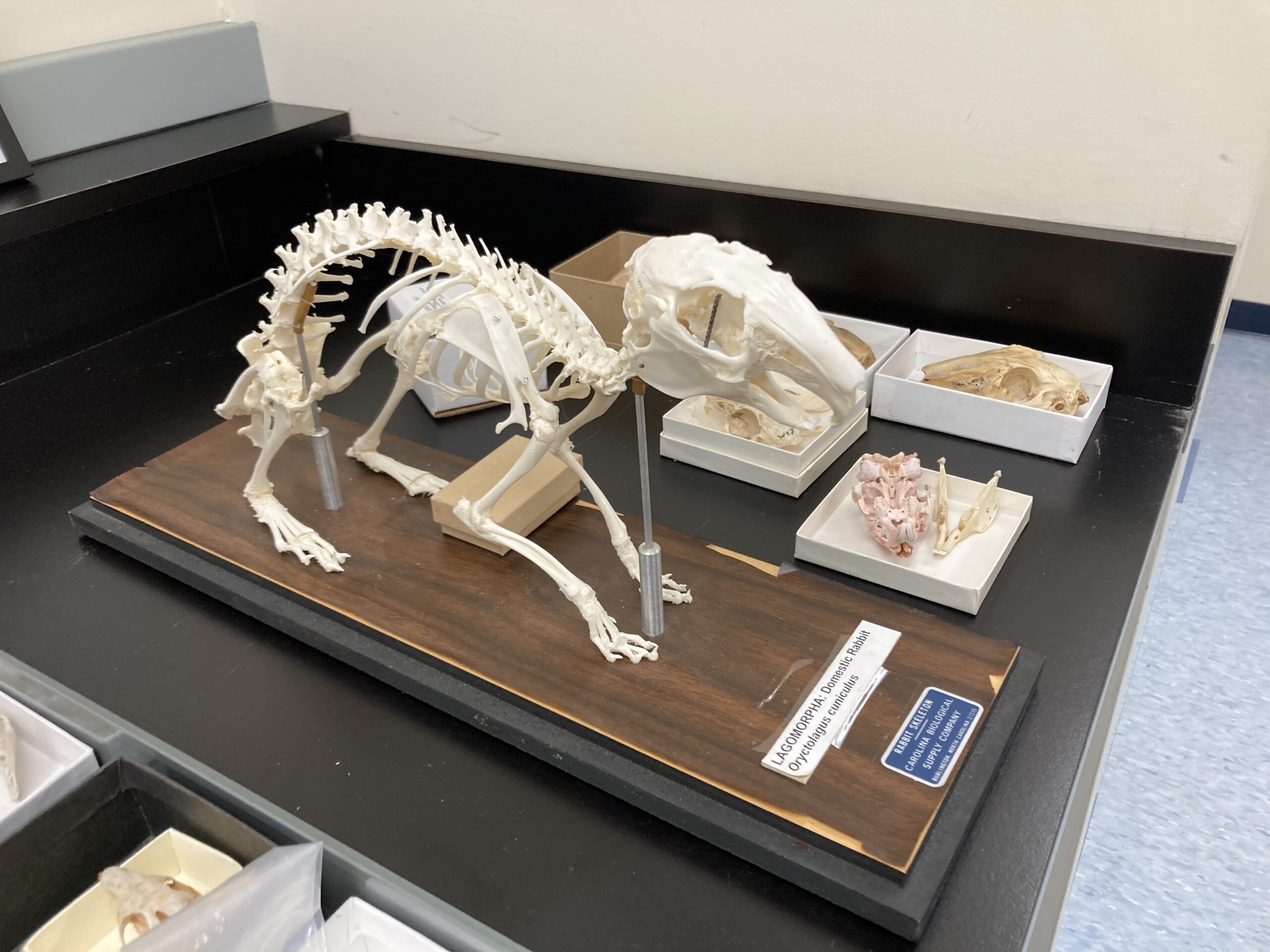
AS:270.310
Evolution & Development of the Vertebrates
Modern vertebrates (animals with backbones) are the products of a more than 500-million-year evolutionary history. This course surveys that history and uses it to explore such core evolutionary concepts as adaptive radiation, convergence, extinction, homology, phylogenetic taxonomy, and tree thinking. Emphasis will be placed on the origins of the modern vertebrate fauna and how fossils are being integrated with developmental biology to better understand major transitions in the vertebrate body plan.
News
Bever lab student publishes first paper!
William Foster from Bever lab has published his first paper! Based on part of his master's thesis, Foster et al describe the cranial anatomy of the Chinese tyrannosaurid dinosaur Qianzhousaurus sinensis. Check out the full article here: "The cranial anatomy of the...
Bever Lab paper selected as a 2020 Joint Runner-Up Best Papers by Journal of Anatomy
News from Functional Anatomy & Evolution Read our latest announcements about department updates, honors and publications. A paper out of the Bever Lab and led by graduate student Aneila Hogan was selected as one of two 2020 Joint Runner-Up Best Papers by...
Dr. Bever Promoted to Associate Professor
News from Functional Anatomy & Evolution Read our latest announcements about department updates, honors and publications. Gabriel Bever was promoted to Associate Professor of Functional Anatomy and Evolution, effective February 1, 2021. A full-time faculty...
